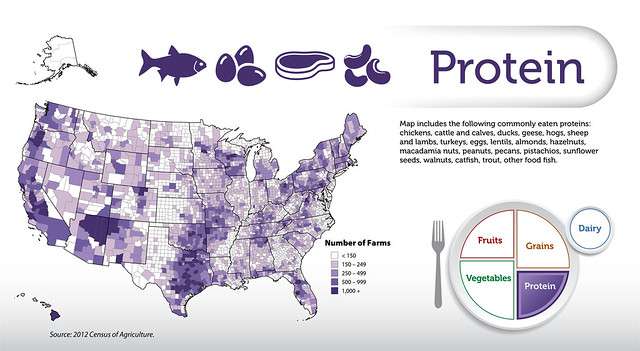
Purified protein has many different uses and applications, from foods to pharmaceuticals. It is highly valued for its role in the detection of tuberculosis as well as its use as a nutritional supplement. Image Source: Flickr user Melissa Wiese
December has only just begun, but I am already contemplating my New Year’s resolutions to eat better and exercise more. For many people, nutrition is the first step towards better health, and the new trend of increasing protein in your diet may be a good place to start. Protein is a hot commodity in the health food industry and is commonly used as a supplement in meals, shakes, and powders to increase caloric intake for various nutritional needs. Protein measurement is not only essential for its use as a nutritional element, but as a diagnostic tool in the pharmaceutical industry as well. Purified protein derivative (PPD) is generally used for detecting tuberculosis (TB) and requires exact measurements for proper application and usage.
Protein measurement is necessary for these various medical applications, which depend on the precise calculation of absorbance values using spectrophotometers. The ability to quantify protein concentration levels delivers the necessary information for protein measurement analysis and usage. Researches use protein measurement for both purified protein derivatives and a variety of protein assays. Spectrophotometers are designed to obtain protein measurement is both forms and provide convenient and accurate results.


